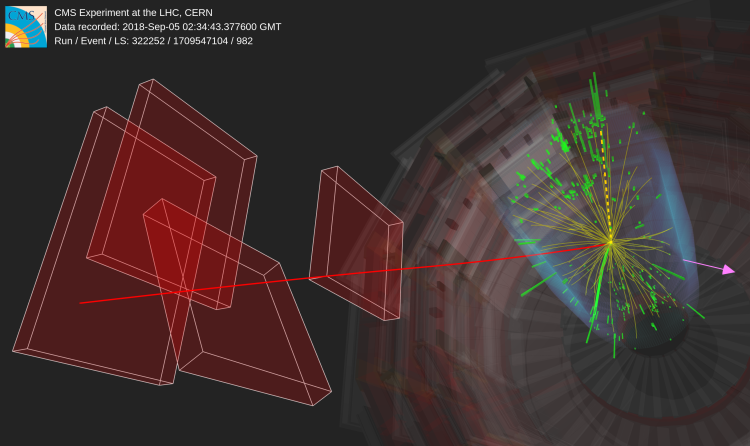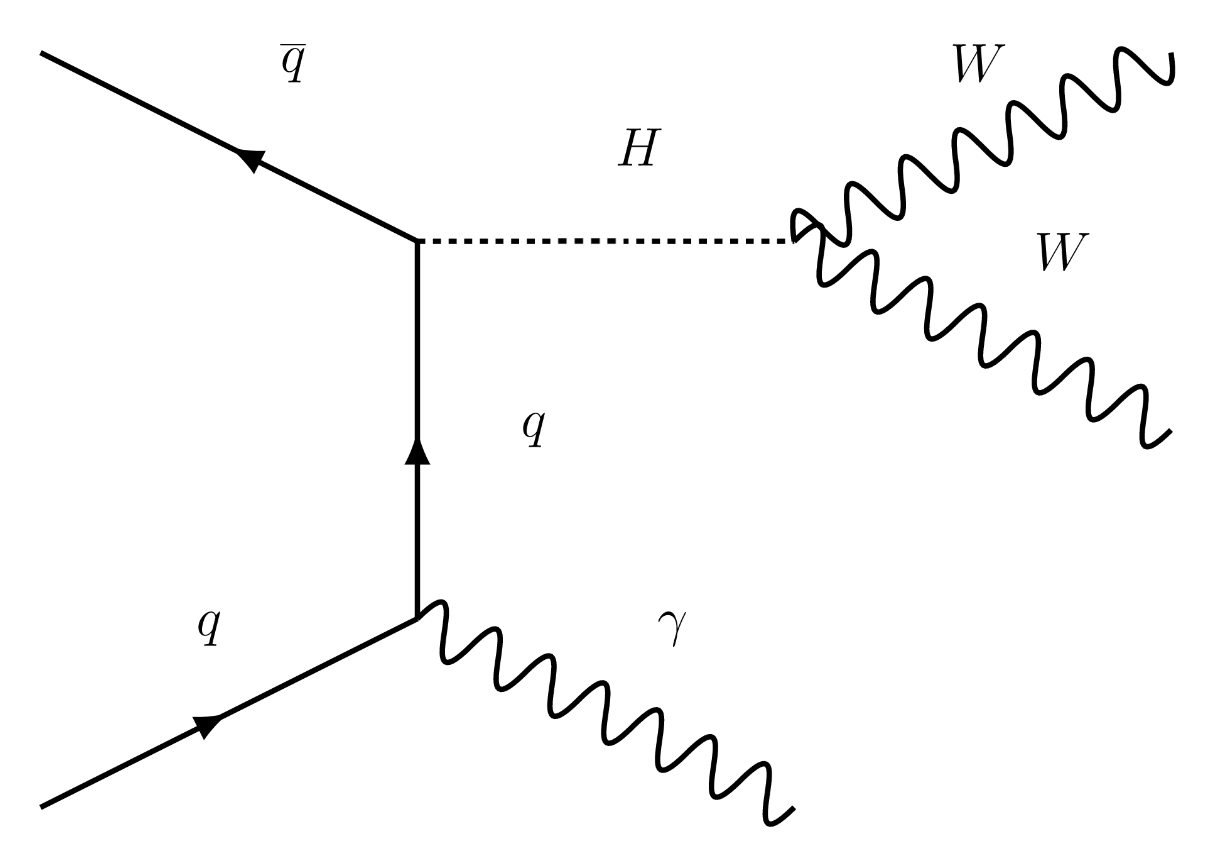
Bosons are elementary particles in the field of particle physics, distinguished by having a spin quantum number with an integer value. They play a crucial role in mediating the fundamental forces of nature, including the electromagnetic force and the weak force. Photons (γ), for instance, mediate the electromagnetic force, while the W and Z bosons are the mediator particles of the weak force.
Four decades ago, in 1983, a historic discovery was made by physicists at CERN: the observation of a new elementary particle, the W boson. This breakthrough discovery represented a major milestone in the field of particle physics, providing crucial insights into the nature of the weak force and paving the way for a more comprehensive understanding of the fundamental forces that govern the universe. The discovery of the Z boson followed later in the same year, further confirming the existence of the weak force and solidifying the Standard Model of particle physics.
At the LHC, collisions between protons can generate copious amounts of bosons. These bosons sometimes appear in groups of three, a unique phenomenon in particle physics. Recently, the CMS Collaboration observed, for the first time, the simultaneous production of two W bosons and a photon: the WWγ process. To isolate this signal, researchers analyzed events containing one electron and one muon, each coming from the decay of one of the two W bosons. The final state of this process includes a photon, two leptons, and missing momentum in the transverse plane, representing the neutrinos, which leave no trace in the detectors. Such signatures may appear also in other processes that are not the WWγ signal, aka backgrounds. The collective kinematic behavior of the two W bosons, encoded in a quantity called transverse mass (mTWW) were used to bring some separation between signal and backgrounds. In addition, the kinematic information of the photon and of the leptons from W boson decays were put together in a variable known as invariant mass (mllγ) and used to achieve a better sensitivity.

Figure 1: The mTWW distributions in different mllγ windows, used for the significance measurement. The WWγ signal appears in light red, mainly to the right of each distribution, while backgrounds appear everywhere and sometimes mostly to the left.
After analyzing the data collected by the CMS experiment from 2016 to 2018, the researchers observed the WWγ process with the statistical significance of 5.6 standard deviations, surpassing the 5 standard deviations threshold conventionally used to qualify particle physics discoveries. The agreement between the data distribution and theoretical predictions, shown in Fig. 1, reinforces the validity of the Standard Model and improves our understanding of particle properties and interactions.

Figure 2: The associated production of a Higgs boson together with a photon, with the Higgs boson decaying to two W bosons.
The CMS researchers also studied the production of a Higgs boson in association with a γ, where the Higgs boson decays into a pair of W bosons (Fig. 2). The interaction between the Higgs boson and the quarks is described by the qqH Yukawa coupling, which is proportional to the mass of the quark involved in the interaction. As the mass of the light quarks is relatively small, Hγ production via the qqH coupling has a small cross section, making it very challenging to detect. By placing upper limits on the cross sections of these processes, researchers can constrain the strength of the qqH Yukawa coupling.
The ongoing Run 3 of the LHC will surely give the CMS researchers opportunities for new discoveries regarding the properties of the Higgs boson and to explore other multi-boson processes. Given the larger event samples and the improved detector technologies, it is expected that the new data will lead to more precise measurements of these small cross-section processes and contribute to a deeper understanding of the fundamental laws that govern Nature.
Read more about these results:
-
CMS Physics Analysis Summary "Observation of WW production and constraints on Higgs couplings to light quarks in proton-proton collisions at 13 TeV"
-
@CMSExperiment on social media: facebook - twitter - instagram

